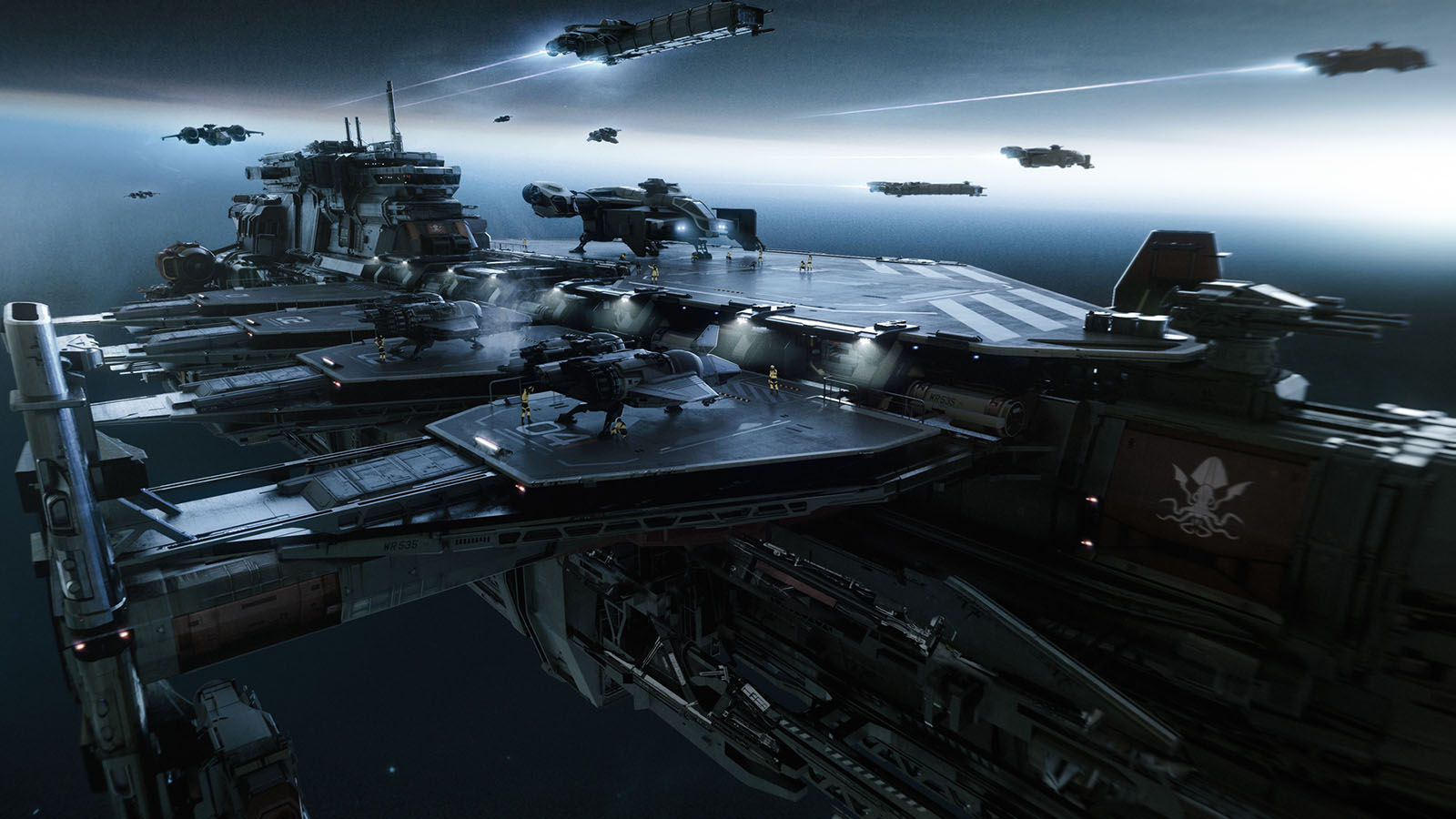Star Citizen is one of the most ambitious games ever made. It’s been in development for over a decade and aims to create a massive, living universe where players can fly ships, explore planets, trade, fight, and carve out their own place in the stars. The technology behind the game is impressive—seamless planetary landings, dynamic server meshing, and real-time missions in a multiplayer world. It’s a vision that pushes the limits of what MMOs can be.
But there’s a growing concern in the community: how will this game be monetized once version 1.0 and beyond arrives?
Right now, Star Citizen’s funding model is unique. Players can buy ships—some costing hundreds of dollars—before they’re even fully functional in the game. While many backers accept this because they believe in the project, it sets a dangerous precedent. If the final release relies on similar tactics or expands into aggressive microtransactions, it could severely damage the experience for both new and longtime players.
Recent Updates Raise New Questions
This discussion has resurfaced recently due to the addition of new features like Blades, weapon racks, and other modular ship systems. These gameplay elements add exciting depth, but they also raise new concerns: will players be expected to pay for each of these components separately?
Blades, which allow AI modules to control ship systems, are an especially hot topic. On the surface, they add meaningful choices for ship customization and crew automation. But they also create the possibility of charging players for each Blade they want to install—similar to how real money has been used to buy ships. The same goes for weapon racks, equipment lockers, and future modular upgrades. If each gameplay system is eventually monetized, it opens the door for players to be nickel-and-dimed for core functionality.
Why Over-Monetization Is a Problem
Here are a few examples of how extreme monetization could hurt the game:
- Pay-to-Win Concerns: If players can buy powerful ships or gear with real money, it gives paying users a big advantage. This could discourage players who can’t or won’t spend extra cash just to stay competitive.
- Gameplay Pressure: Imagine a future where fuel, repairs, cargo space, or even basic ship functions like AI or weapon storage are locked behind microtransactions. Instead of focusing on adventure and exploration, players might feel forced to spend money just to enjoy the game at its best.
- Player Divide: One of the strongest parts of Star Citizen right now is its passionate community. Over-monetization could split that community between those who can afford premium content and those who can’t, damaging the social balance of the universe.
Hope for a Balanced Future
To be clear, Star Citizen is not just another online game. It’s trying to become something bigger—something more interactive and alive than anything we’ve seen before. And it’s making real progress. The tech behind it is groundbreaking, and the developers continue to push new updates that show just how ambitious the final game will be.
But ambition alone isn’t enough. If the game is released with monetization that feels unfair or predatory, it could overshadow all the hard work that went into building this world. That would be a huge loss—not just for players, but for the future of MMOs.
We all want Star Citizen to succeed. We want the studio to thrive and continue supporting the game for years to come. But success doesn’t have to come at the cost of player trust. Let’s hope that when 1.0 arrives, the game offers a fair and healthy business model—one that respects players and allows the universe to grow in a sustainable way.
